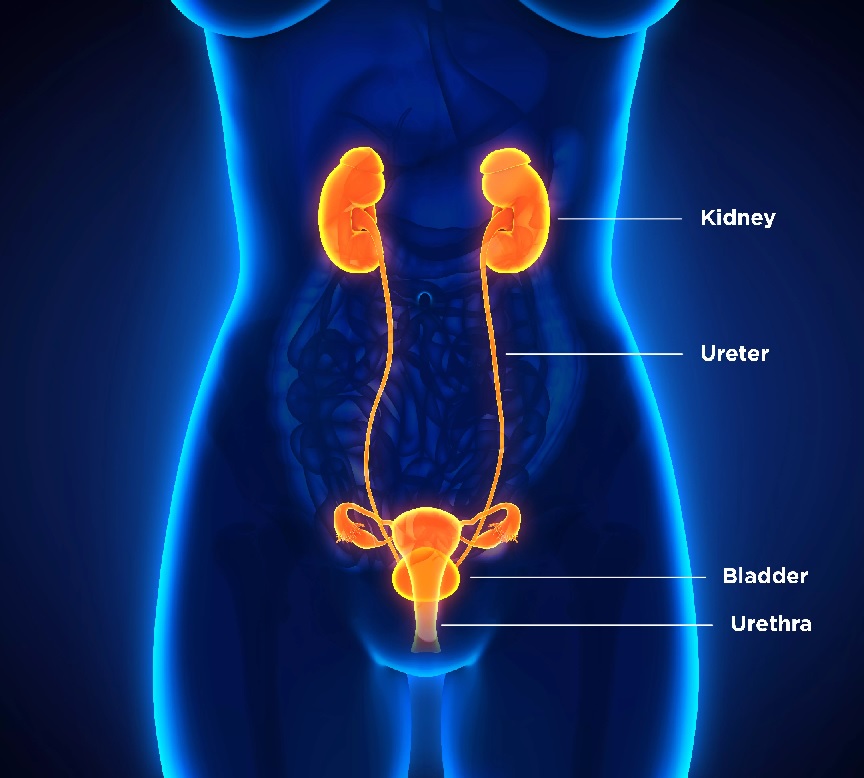Urolithiasis, commonly referred to as urinary stone disease, presents a pressing health concern for many individuals worldwide. It is characterised by the formation of stones or crystalline deposits within the urinary tract.
For those affected, the clinical manifestations range from asymptomatic stones to severe pain, infections, and, in some cases, renal damage. As the prevalence of this condition continues to rise, there is an increased emphasis on effective treatment techniques.
This article delves into the management of urolithiasis and highlights some of the most efficacious treatments.
Table of Contents
Understanding Urolithiasis
To comprehend the intricacies of urolithiasis management, it’s crucial to grasp the basics of the disease. Stones form due to an imbalance between urinary stone inhibitors and promoters.
While the exact cause may vary from person to person, factors like dehydration, certain diets, specific medications, and genetic predispositions can increase the risk of stone formation.
Conservative Management
For many patients, especially those with smaller stones that show no symptoms, conservative management is the first line of action. This method primarily involves:
- Hydration: Increasing fluid intake can help in flushing out smaller stones naturally. Water is the beverage of choice, but in certain conditions, citrate-based drinks can be recommended to prevent specific types of stones.
- Dietary Adjustments: Depending on the type of stone, dietary recommendations may differ. For instance, calcium oxalate stones might require a reduced intake of high-oxalate foods.
- Medications: Some drugs can aid the natural passage of stones or reduce the formation of new ones.
Shock Wave Lithotripsy (SWL)
A revolutionary non-invasive treatment, SWL involves the use of high-energy shock waves to fragment the stones into smaller pieces. These fragments can then be naturally expelled through the urinary tract. While SWL offers a less invasive option, it may not be suitable for all stones, especially larger ones or those located in specific areas of the urinary system.
Ureteroscopy
In this technique, a thin viewing instrument, known as a ureteroscope, is passed through the urethra and bladder into the ureter. Stones can be directly visualised and then removed or fragmented using a laser or other instruments.
Ureteroscopy has high success rates and is frequently employed for stones that are lodged in the ureter or for those that do not respond to SWL.
Percutaneous Nephrolithotomy (PCNL)
For larger stones or those located in challenging positions, PCNL might be the preferred method. Under this procedure, a small incision is made in the back, and a nephroscope is passed directly into the kidney. Stones are then fragmented and removed. PCNL, while more invasive than SWL or ureteroscopy, is effective for bulkier and more stubborn stones.
Advancements in Urolithiasis Treatment
With medical advancements, newer treatment techniques continue to emerge. One of the leading clinics paving the way for innovative management strategies is the Urocare clinic.
By integrating state-of-the-art technology with evidence-based practices, they, among other pioneers in the field, are offering hope to patients seeking minimally invasive yet highly effective treatments.
Conclusion
Managing urolithiasis effectively requires a tailored approach. The best treatment option depends on the stone’s size, location, composition, and the patient’s overall health.
With advancements in the field, the prospects for those with urinary stone disease are brighter than ever. Regular consultations with urologists, coupled with awareness about preventive measures, can significantly reduce the impact of this ailment on one’s quality of life.
